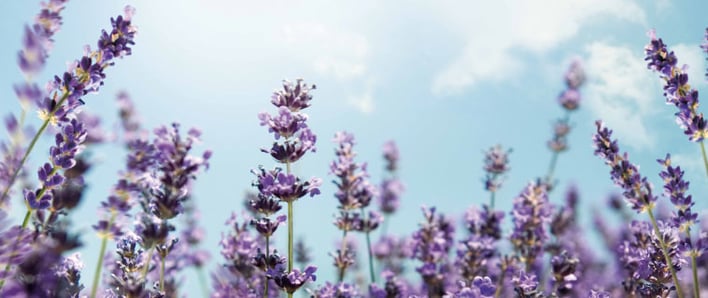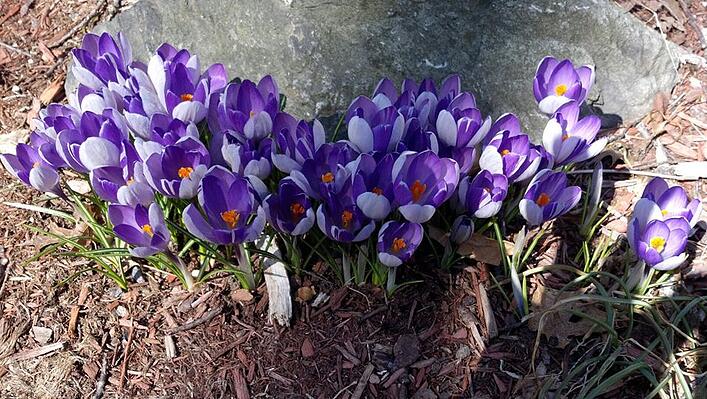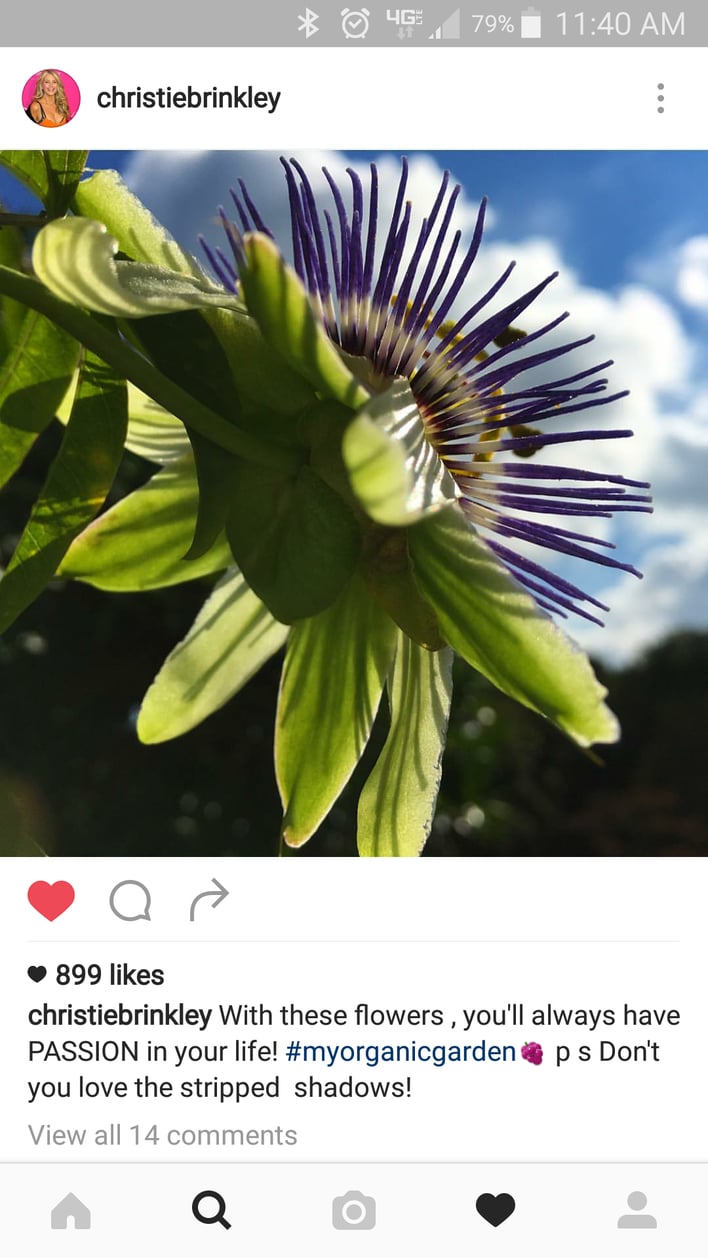The older I get, the more I have adapted to drinking more tea and less coffee. I have no idea why this is but I’ve got to admit that I feel a lot better. There’s a big difference between the two beverages even though they both can contain heightened amounts of caffeine (although coffee typically has about 100x’s more depending on the brand). While coffee is made out of concentrated beans, tea is made from leaves, petals, herbs and other natural environmental elements, which hold properties benefiting digestion and vascular circulation. Tea also has a longer history of existence since it was first introduced in 2737 BC while coffee came into play only in the 9th century AD. If you think about it, emotional states connecting to the drinks are also a differentiating factor because while coffee is tied to speed and quickness, tea is linked more often to relaxation and calmness.

So what does this have to do with flowers?
Due to this emerging interest of people consuming more tea, manufacturers are looking for ways to expand product lines beyond Breakfast, Green and Earl Tea flavors. One surge we’re seeing is the addition of flowers into brands that are said to bring about a preferred sweeter tang to the taste.
What flowers are the most efficient and effective for tea making?
Passionflower Rose Hips Yarrow
Lemon Balm Milk Thistle Lavender
Dandelion Lemon Grass Calendula
If you’re thinking about trying to make your own floral tea, it’s really pretty easy!
For Herbs/Sprigs:
Boil water and insert herbs or sprigs of leaves into a mesh ball or infuser. Let the contents sit for at least 15 to 20 minutes so that the essence can flavor the water. It will likely not change to a darker color similar to store bought teas, which is more natural and healthier for the body.
For Hips/Petals/Seeds:
These floral ingredients make wonderfully flavorful accents to teas and you’ll notice a freshness that packaged varieties don’t have. First you want to crush the ingredients thoroughly and then place the contents into a cup of boiling water. Let stand for 10 minutes and then strain the remains so that the “earthy” substances are extinguished.
If you really get into floral teas, there are hundreds of easy ways to create your own indoor “Tea Garden” so that you can enjoy it year round!



